The feet support the human body. They allow us to walk, run and jump. The skeleton of each foot is made up of 26 bones, divided into 3 groups: the rear of the foot, or tarsus, has 7 bones; the front, or metatarsus, has 5, and the 5 toes have 14. There are also 2 sesamoid bones located inside the ligaments of the big toe.
The bones of the tarsus form a joint with the leg. Tarsus and metatarsus are also joined together and form the concave area at the center of the sole. One toe is attached to each of the metatarsus bones. The largest bone in the tarsus, and in the entire foot, is the heel bone or calcaneus. Its large size makes it possible for heel bone to support the weight of our body and movements.
The foot rests on the heel bone, as well as on the first and fifth bones of the metatarsus. Together, these three bones form a system of 3 arches called plantar arches. The first and most important arch is formed by the heel bone and the first metatarsal bone. The second extends from the heel bone to the fifth metatarsal bone. The third is located between the two metatarsal bones.
The arches of the foot flex and flatten depending on the weight they must bear.
The feet are sensory organs: each foot has more than 7,000 nerve endings that send the brain the impulses we need to maintain our balance. The brain must continuously reprocess the body’s position, balancing weights in relation to the movement of the feet. Our toes are very important for our stability: when we walk, the weight of our body is distributed across the toes in order not to overload our spine.
Breaking even one toe is enough to make it hard to walk without external support. Traditionally, feet are classified into 3 types. The Egyptian foot, in which the big toe is the longest. The Roman foot, in which the big toe and the second toe are of the same length. And the Greek foot, in which the big toe is shorter than the second. This last type of foot owes its name to the Greek goddesses, whose feet were represented with a longer second toe to symbolize their male powers.
The bones of the tarsus form a joint with the leg. Tarsus and metatarsus are also joined together and form the concave area at the center of the sole. One toe is attached to each of the metatarsus bones. The largest bone in the tarsus, and in the entire foot, is the heel bone or calcaneus. Its large size makes it possible for heel bone to support the weight of our body and movements.
The foot rests on the heel bone, as well as on the first and fifth bones of the metatarsus. Together, these three bones form a system of 3 arches called plantar arches. The first and most important arch is formed by the heel bone and the first metatarsal bone. The second extends from the heel bone to the fifth metatarsal bone. The third is located between the two metatarsal bones.
The arches of the foot flex and flatten depending on the weight they must bear.
The feet are sensory organs: each foot has more than 7,000 nerve endings that send the brain the impulses we need to maintain our balance. The brain must continuously reprocess the body’s position, balancing weights in relation to the movement of the feet. Our toes are very important for our stability: when we walk, the weight of our body is distributed across the toes in order not to overload our spine.
Breaking even one toe is enough to make it hard to walk without external support. Traditionally, feet are classified into 3 types. The Egyptian foot, in which the big toe is the longest. The Roman foot, in which the big toe and the second toe are of the same length. And the Greek foot, in which the big toe is shorter than the second. This last type of foot owes its name to the Greek goddesses, whose feet were represented with a longer second toe to symbolize their male powers.
RELATED
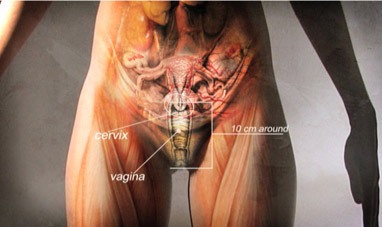

THE FEMALE REPRODUCTIVE SYSTEM


AMAZON
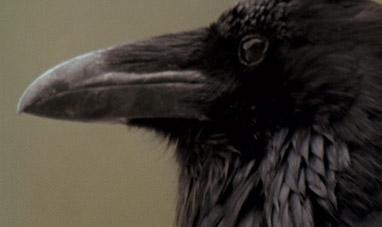

RAVEN
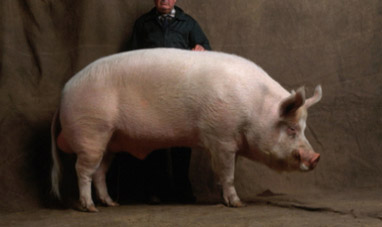

PIG
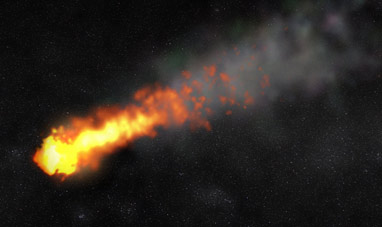

METEORS
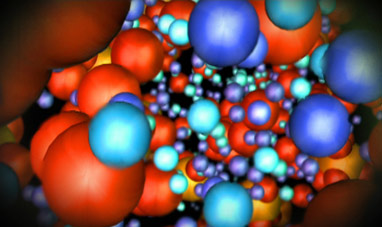

QUANTUM PHYSICS
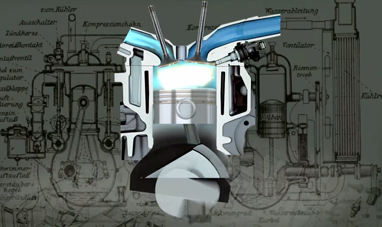

CARS
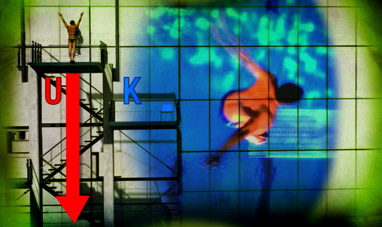

KINETIC, POTENTIAL AND MECHANIC ENERGIES


SEAL
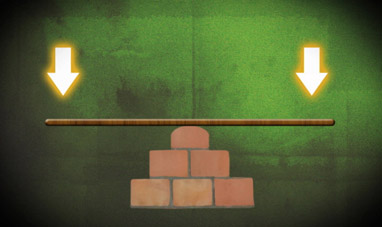

FORCE, EQUILIBRIUM AND LEVERAGE
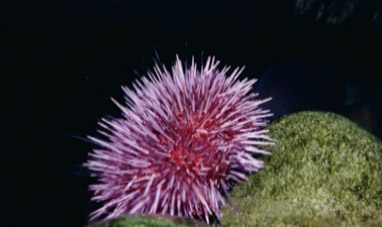

SEA URCHIN
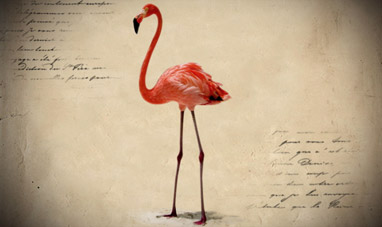

FLAMINGO


HAIR
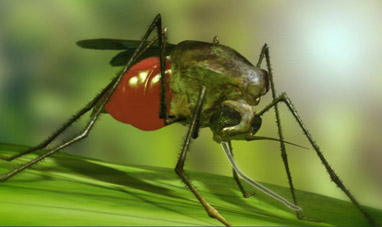

MOSQUITO


EAGLE


GALAXIES
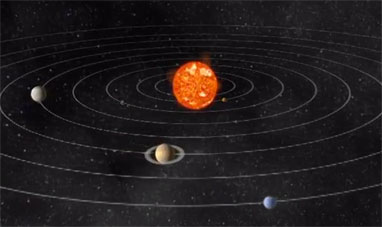

THE SOLAR SYSTEM
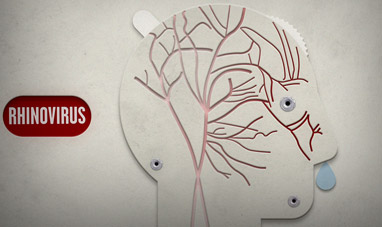

COMMON COLD
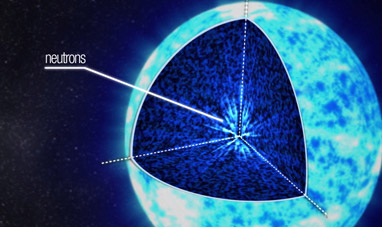

SUPERNOVAS


BIG DATA


PENGUIN
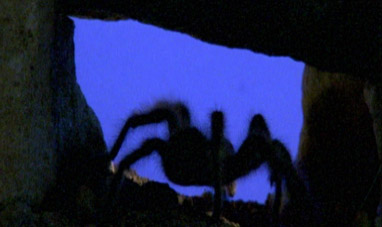

TARANTULA
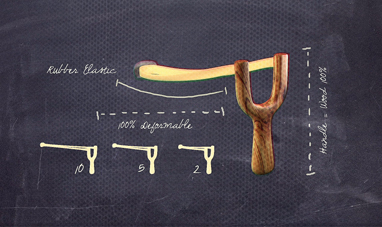

NATURAL RUBBERS
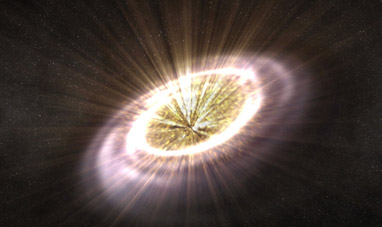

QUASARS
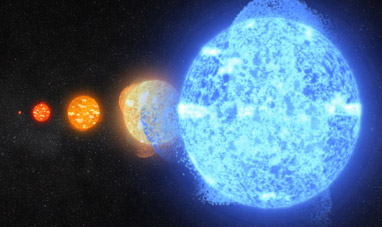

STARS
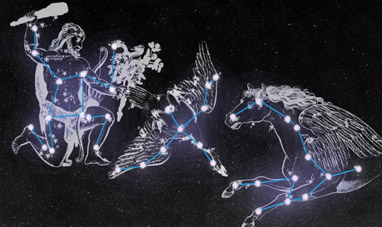

CONSTELLATIONS
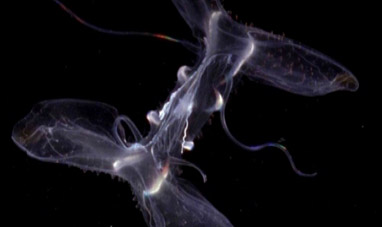

JELLY FISH


SHEEP
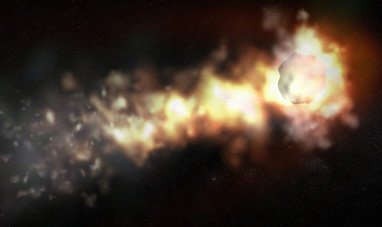

METEORITES


OIL
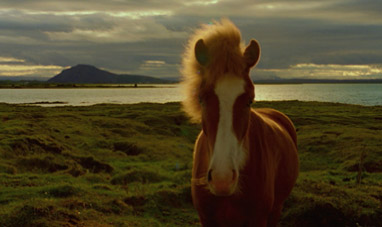

HORSE
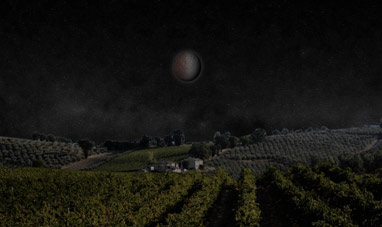

LUNAR ECLIPSES
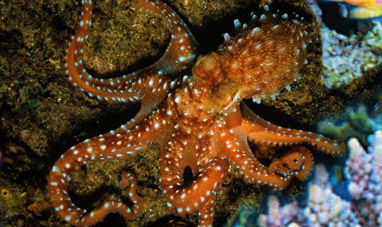

THE OCTOPUS
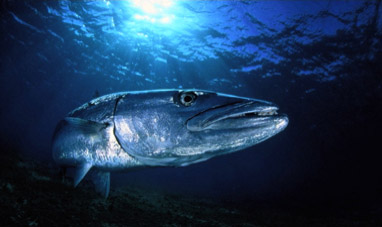

BARRACUDA
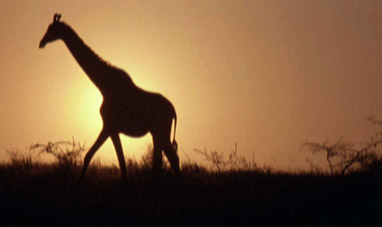

GIRAFFE
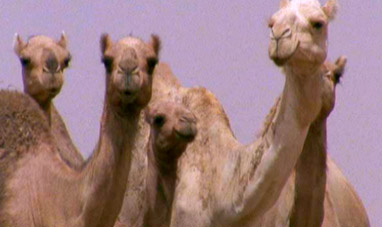

DROMEDARY
